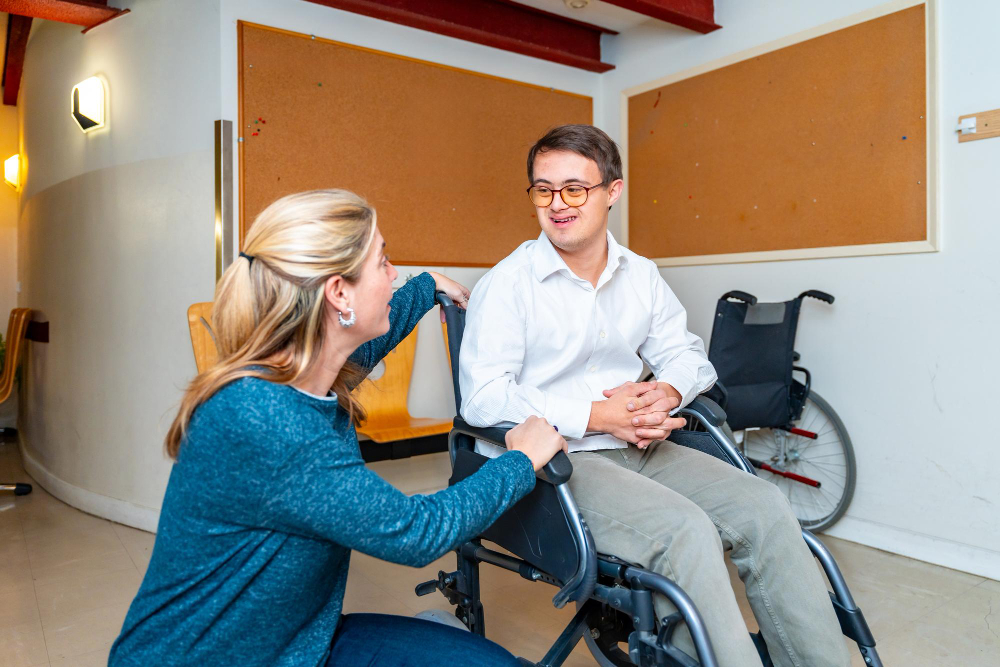
Disability care organisations play a crucial role in fostering inclusivity and promoting the well-being of individuals with disabilities. Their work enhances independence and supports individuals in achieving a fulfilling life. Essential aspects of their care include daily activities, personal care, and community participation, all of which are integral to independent living.
What is Supported Independent Living (SIL)?
Supported Independent Living, commonly referred to as SIL, is a model of support that empowers individuals with disabilities by providing them with tailored assistance to help them live independently. This service includes personal care, household management, and community engagement, ensuring that individuals can maintain their independence in a supportive environment.
The primary aim of SIL is to promote independence by encouraging the development of daily living skills. It ensures that individuals have access to a living space that is comfortable and adapted to their needs. SIL can be offered in a variety of settings, such as private homes, shared houses, or apartments, depending on the individual’s preferences.
One of the key aspects of SIL is empowering individuals to make decisions about their lives, from choosing their support workers to determining how they wish to live. This autonomy helps build confidence and encourages a greater sense of self-worth.
What is Specialist Disability Accommodation (SDA)?
Specialist Disability Accommodation, or SDA, refers to housing designed specifically for individuals with disabilities, offering specialised features that cater to their unique needs. SDA is part of a broader support system that includes government assistance, and it aims to create an environment where individuals can live independently while receiving the necessary care and support.
SDA accommodation includes essential features such as wheelchair accessibility, specialised equipment, and assistive technology to help individuals live more comfortably. It also provides access to around-the-clock staff support and healthcare services, ensuring that tenants receive the care they need when required. Individuals are given the freedom to choose the type of accommodation that best suits their personal needs.
How SIL and SDA Differ
Although both SIL and SDA are part of the broader disability support system, they serve different purposes and are designed to meet distinct needs.
How to Access SIL Services
To access SIL services, the first step is determining eligibility, which is based on an individual’s specific needs. Once eligibility is confirmed, individuals can contact an agency to begin the enrolment process, often through government-funded programs like the NDIS.
Working with a support coordinator or planner is crucial, as they can help navigate the process and ensure the right support services are in place. Finalising the plan involves discussing preferences with providers, and once the plan is set, SIL services can be implemented.
How to Access SDA Services
To access SDA services, individuals must determine eligibility based on functional impairments and the need for specialised accommodation. Being a participant in the NDIS is a requirement, and individuals must submit the necessary documentation to qualify for SDA services.
After becoming eligible, individuals can work with an NDIS provider to find accommodation that suits their specific needs. It’s important to discuss any required modifications to the housing before moving in to ensure the space meets individual requirements.
In conclusion, whether you are seeking SIL or SDA services, Capri Care Group is here to offer the best support and guidance, helping you create a living environment that promotes independence, dignity, and well-being. We are dedicated to empowering you and making sure you have a comfortable, personalised space to call home.